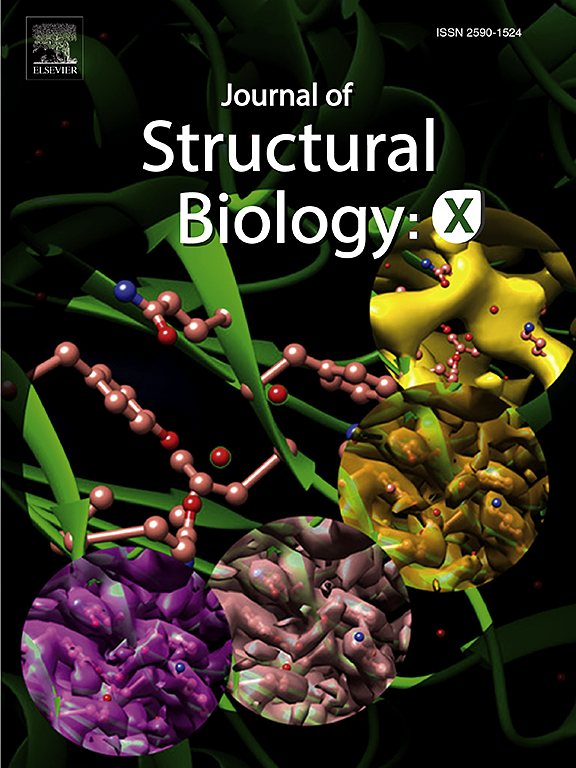Exploring α-synuclein stability under the external electrostatic field: Effect of repeat unit
Abstract
Parkinson’s disease (PD) is a category of neurodegenerative disorders (ND) that currently lack comprehensive and definitive treatment strategies. The etiology of PD can be attributed to the presence and aggregation of a protein known as α-synuclein. Researchers have observed that the application of an external electrostatic field holds the potential to induce the separation of the fibrous structures into peptides. To comprehend this phenomenon, our investigation involved simulations conducted on the α-synuclein peptides through the application of Molecular Dynamics (MD) simulation techniques under the influence of a 0.1 V/nm electric field. The results obtained from the MD simulations revealed that in the presence of external electric field, the monomer and oligomeric forms of α-synuclein are experienced significant conformational changes which could prevent them from further aggregation. However, as the number of peptide units in the model system increases, forming trimers and tetramers, the stability against the electric field also increases. This enhanced stability in larger aggregates indicates a critical threshold in α-synuclein assembly where the electric field’s effectiveness in disrupting the aggregation diminishes. Therefore, our findings suggest that early diagnosis and intervention could be crucial in preventing PD progression. When α-synuclein predominantly exists in its monomeric or dimeric form, applying even a lower electric field could effectively disrupt the initial aggregation process. Inhibition of α-synuclein fibril formation at early stages might serve as a viable solution to combat PD by halting the formation of more stable and pathogenic α-synuclein fibrils.

 求助内容:
求助内容: 应助结果提醒方式:
应助结果提醒方式:


